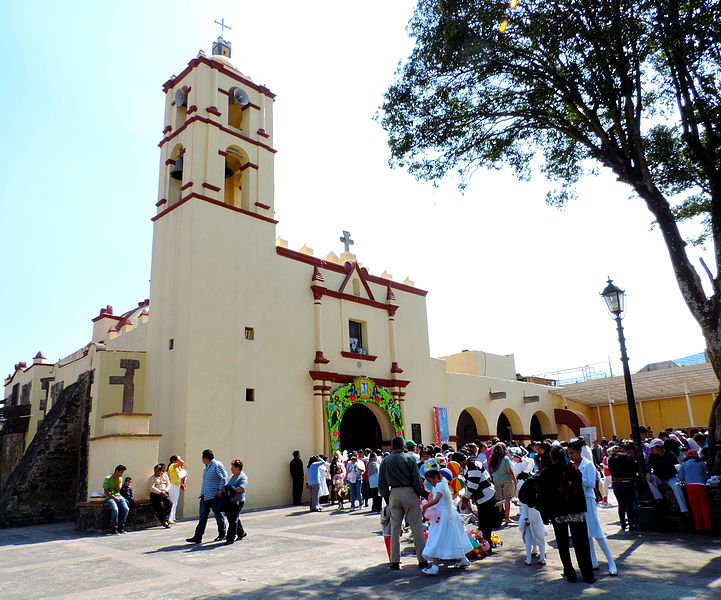
Santa Ana Tlacotenco is surrounded almost entirely by corn fields and cacti. This makes for a remarkably green landscape when it’s not turning golden. The town is on the lap of the Cerro de San Miguel volcano. The calle Benito Juárez, running north-south through the town, climbs on the south side, about half-way up to the summit. From there, the volcanoes Tlaloc and Ocotecatl are just visible to the south, and already at the Morelos state border.
Little is known about the town’s ancient history. It took the current name in 1532. Prior to that, oral tradition has many people of Toltec descent living in the area which was likely then known as Tepetlacotenco. The town is thought to have likely been a part of the alliance under the Malachtepec Momoxco, which is true of most original settlements in Milpa Alta. A central teocalli (ceremonial site) is beneath the church of today. As an altépetl (city state), it was likely a tributary to Xochimilco. With that people defeated, the people here are thought to have submitted to Mexico-Tenochtitlan after 1483.
During the Mexican Revolution, the town was the site of several important battles between the Zapatistas and the Federal Forces. Many of them were hand-to-hand and street-by-street battles. Like most of Milpa Alta, the people here strongly supported the Zapatista cause.
People come for the zocalo, out front of the atrium of the church. The town is lively, and around these central areas, there are always people coming and going to watch or befriend. And during the town’s many public holidays, it just gets livelier still.
The temple of Santa Ana Tlatonenco was a 17th-century convent. Built on top of an existing ceremonial site, very little is known of what it replaced. The church was declared a historical monument in 1933. The construction includes a single nave and transept, dome, bell tower and choir loft. The interior floor is of wood and the entrance holds a simple, beautiful renaissance door. In the earthquake of 2017 , the building sustained some damage, but it has been restored.
Each 26th of July, the entire town gathers to celebrate feast day of Santa Ana. Preparations have likely begun more than a month before. Traditional dances are performed in the atrium, the most famous being that of the Moors and the Christians. Later, the people visit the homes selected to host the feasts. Traditional dishes include mole, rice, and tamales.
Santa Ana Tlacotenco is also home to the Academy of Nahuatl Language and Culture, just south of the Zocalo area on calle Benito Juárez. The public market is in the area of the Zocalo, too. It’s on the northwest corner, at the corner of Cuauhtémoc and the avenida Casas Aleman.
 https://www.facebook.com/SantaAnaTlacotenco/
https://www.facebook.com/SantaAnaTlacotenco/
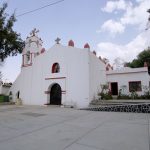
Nearest at 1.30 kms.
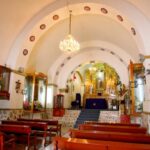
Nearest at 1.32 kms.
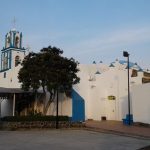
Nearest at 2.20 kms.

A classic Mexico City park that's also host to ongoing dance and musical events...
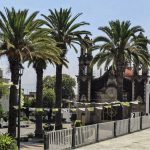
One of Villa Milpa Alta's most ornately decorated...
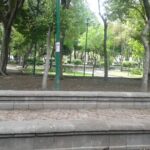
A historic city park hides a dark past...
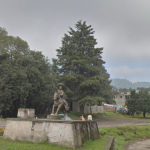
A monument along the bikeway takes on new meaning for cyclists heading to Morelos.